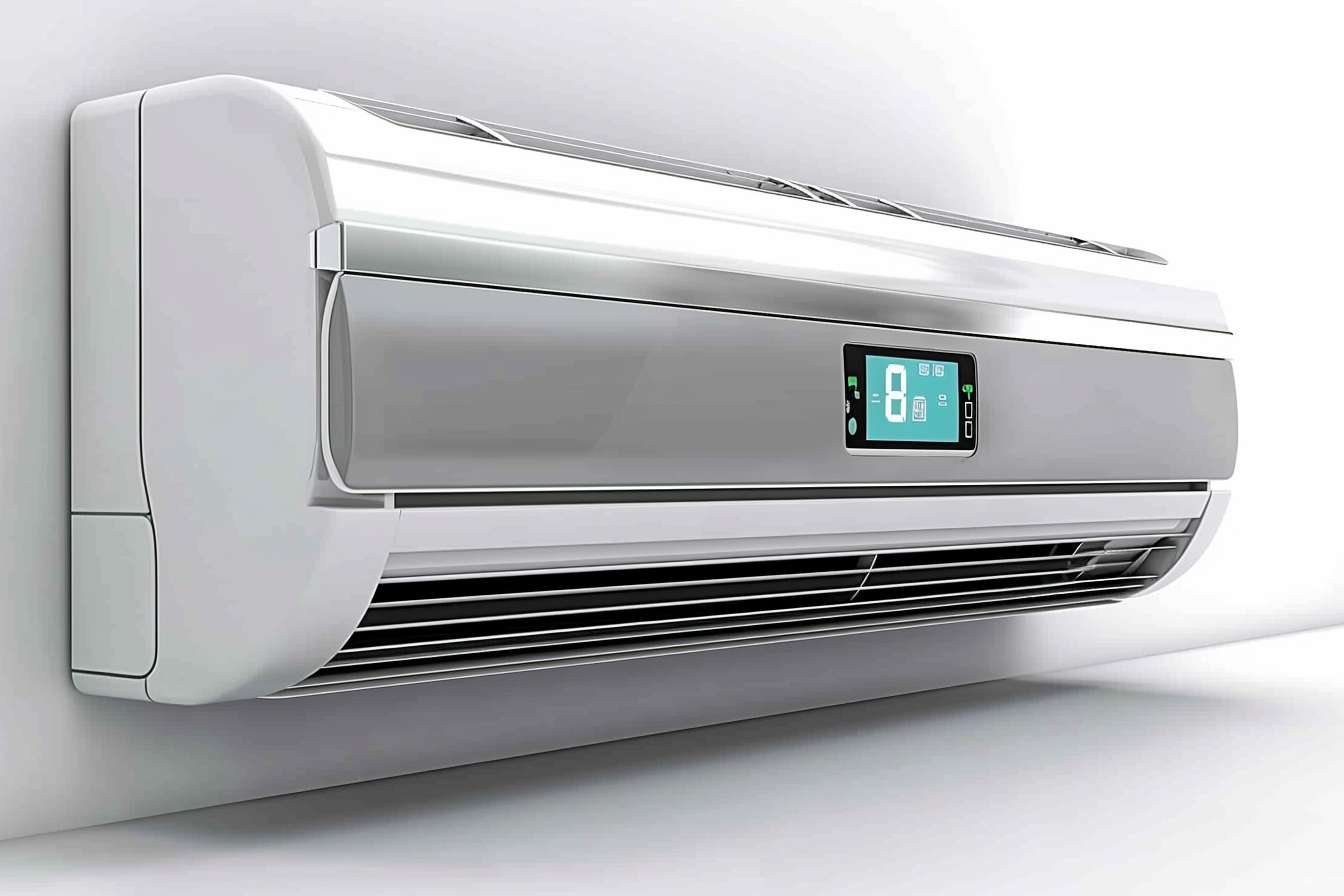A homeowner's guide to safe visual inspections of vents and exhaust paths
Routine visual inspections of vents and exhaust paths help homeowners detect obvious safety and performance issues before they worsen. Simple, non-invasive checks can reveal blockages, damaged ducts, improper sealing, or signs of combustion problems, and they guide whether to call local services for further evaluation.

A careful visual inspection of vents and exhaust paths is a practical way for homeowners to identify clear hazards and signs of declining performance without disassembling appliances. Before you start, understand safe limits: do not open combustion chambers, avoid entering confined spaces, and stop if you detect persistent exhaust odors, heavy soot, or symptoms of combustion problems. Keep children and pets away from inspection areas and use a flashlight and camera to document findings for service technicians.
How do ducts and airflow affect safety?
Ducts and airflow determine how conditioned air and combustion byproducts move through a home. During a visual check, look for crushed or disconnected duct runs, loose collars, or signs of moisture that indicate leaks. Restricted airflow from blocked return vents or dirty filters forces systems to run harder, reducing efficiency and increasing wear. Even simple gaps or unsealed joints can create pressure imbalances that encourage backdrafting of combustion gases into living spaces, so note any visible breaks or heavy dust at seams.
What should I inspect on the furnace or boiler exhaust?
When examining a furnace or boiler exhaust visually, confirm exposed vent pipes and flues are straight, securely fastened, and free of rust, holes, or obvious disconnections. Check exterior terminations for bird nests, debris, or ice that could block exhaust. Look for soot, yellowing paint or stains near vents, or unusual corrosion—these often indicate incomplete combustion or moisture in the flue. If you see these signs, avoid operating the unit extensively and contact qualified local services for a professional combustion and flue evaluation.
How do filters and sealing influence ventilation and efficiency?
Filters and sealing are central to maintaining steady airflow and energy efficiency. Inspect return grills and filter access points for excessive dust buildup; clogged or incorrectly installed filters restrict airflow and reduce system lifespan. Check visible sealing—mastic, foil tape, or gaskets—around joints and register boxes. Missing or degraded sealing increases leakage and undermines efficiency, forcing the furnace or boiler to burn more fuel to achieve comfort. Regular filter maintenance and proper sealing help preserve consistent ventilation performance.
What should I look for around thermostats and sensors?
Thermostats and sensors affect run cycles and perceived comfort. During a visual inspection, ensure thermostats are mounted away from direct sunlight, drafts, or nearby heat sources that can skew readings. Check visible sensor wiring for damage and look for signs that sensors are exposed to dust or obstruction. While homeowners should not tamper with internal sensor calibrations, noting inconsistent temperature behavior, short cycling, or unexplained blower activity can help technicians diagnose issues more quickly when you schedule service.
How can I spot combustion issues safely during checks?
Safe visual signs of combustion problems include persistent soot around the appliance, unusual odors at the exhaust, yellow or flickering pilot flames where applicable, and corrosion on vent components. Do not remove access panels or attempt to service burners yourself. If you notice soot streaks, a strong exhaust smell, or visible cracks in the heat exchanger area, shut down the appliance per manufacturer guidelines and contact certified technicians or local services. Keep CO detectors functional and note any alarm events during inspections.
When and how often should inspections and scheduling occur?
Schedule seasonal visual checks—at minimum in fall and spring—and perform filter checks monthly or per the manufacturer’s recommendation. Annual professional maintenance for combustion appliances is commonly advised to verify safe operation, combustion efficiency, and sensor function. Keep a log of inspection dates, filter changes, and any irregular findings to help local service providers diagnose recurring problems. Timely scheduling and documentation improve system longevity and maintain predictable ventilation and airflow.
Conclusion Regular, non-invasive visual inspections of vents and exhaust paths help homeowners identify obvious hazards such as blockages, damaged ducts, poor sealing, and signs of combustion issues. These checks—paired with regular filter replacement, proper thermostat placement, and scheduled professional maintenance—support efficient operation of furnaces and boilers and promote safer ventilation throughout the home. If any signs of combustion problems, persistent odors, or structural vent damage are found, rely on qualified local services for a full assessment.





